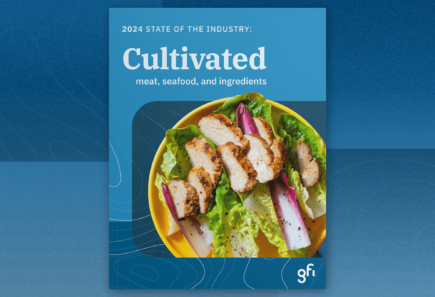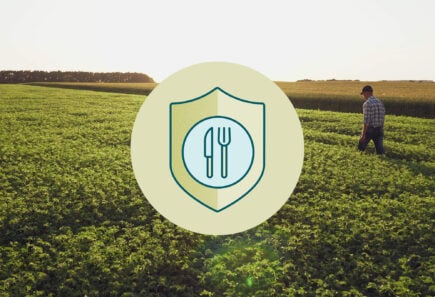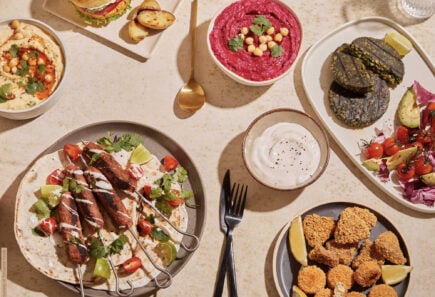
State of the Industry: Cultivated meat, seafood, and ingredients
This report details the commercial landscape, investments, regulatory developments, and scientific progress in the cultivated meat and seafood industry.

This report details the commercial landscape, investments, regulatory developments, and scientific progress in the cultivated meat and seafood industry.

Join us for The Business of Alt Protein: How to communicate your brand story, a practical three-part series with Brian Cooley.
Join the Johns Hopkins Alt Protein Project on April 23rd for an insightful conversation on the role of machine learning and artificial intelligence in advancing alternative protein technology.
Food is one of the most overlooked yet powerful climate solutions. What we eat—and how we dispose of it—drives nearly one-third of global emissions, shapes biodiversity, and impacts air and water quality. But the food system also holds immense potential for change.

A summary of the development of serum-free media in cultivated meat research and manufacturing.

Explore the latest advancements in bioconversion of C1 and lignocellulosic feedstocks and their potential to revolutionize renewable food production.

This profile is part of our new "People you should know" series, spotlighting alternative protein innovators and champions around the world.

Alternative proteins reduce supply chain risks, diversify the protein supply, and increase efficiencies of global food production.

What does meaningful protein diversification look like in practice? Join GFI for a webinar covering insights from the World Benchmarking Alliance on their latest benchmarking results, Nestlé on their corporate strategy and leadership in this space, and GFI on our latest market research on the biggest opportunities for alternative proteins.